|
Croydon
(Waddon) Aerodrome |
|
(Combined
Beddington & Waddon Aerodromes) |
|
On the 29th of March 1920 the
two aerodromes combined with an opening link across Plough Lane
which remained a public road with traffic halted when necessary,
first by a man with a red flag and finaly by a gate. London's
Airport was transferred from 'Hendon', and civilian aircraft
began using it under the name of 'Croydon Aerodrome', The London
Terminal Aerodrome. But was often still referred to as 'Waddon
Aerodrome', as it was in the latter Parish. |
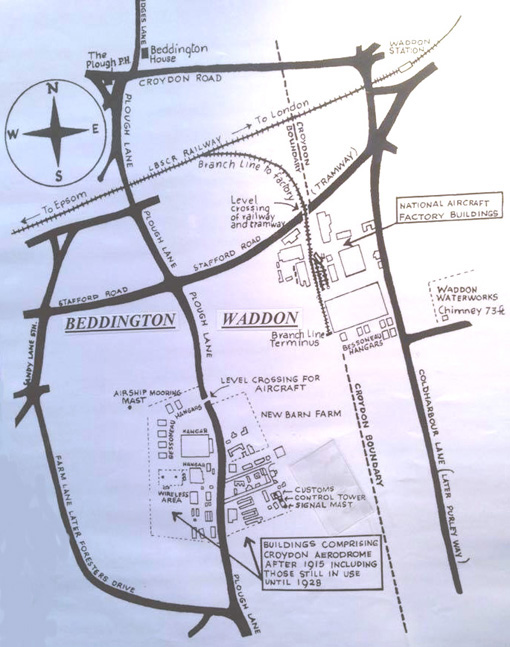 |
|
The Beddington
and Waddon Aerodrome's ( seperated by Plough Lane) now joined
together under the name of 'Waddon Aerodrome' |
|
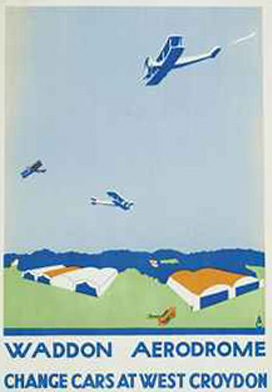 |
In the
early years many people, organisations and the media often referred
to it as 'Waddon Aerodrome', and not Croydon, as this official
railway poster clearly shows, as well as the aerodrome Post Ofiice
and the newspaper clip in the pictures (below). |
|
|
|
|
Arial Views
of the two aerodromes Beddington and Waddon with Plough Lane
running between them |
|
|
|
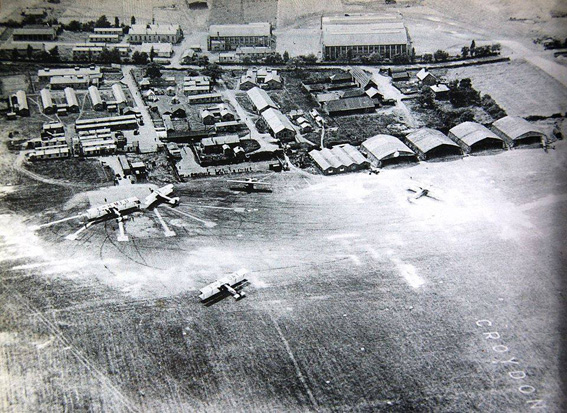 |
|
The pictures
(above) were taken during the latter part
of 1920 before the new changes. Note the old farmhouse is still
standing. During the early part of 1921 upgrading of the aerodrome
began. In the picture (below), although the original wooden
RFC control tower still remains, the word 'Croydon' has been
marked out clearly with high daylight visibility, and the new
night aid beacon (white at right of picture) has been set up.
Details of the new beacon are shown in the newspaper clipping
below. |
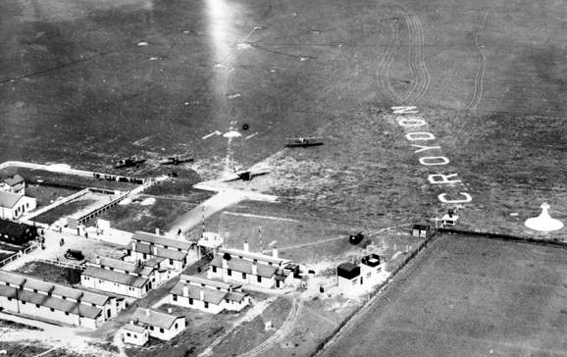 |
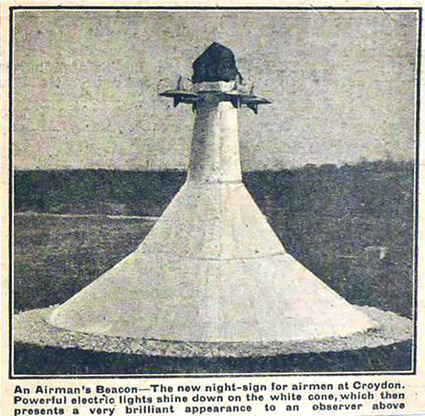 |
 |
|
 |
|
(above) The first airline to operate from Waddon. 'Air
Transport & Travel Ltd'. 1920. |
|
|
(below) The Plough Lane entrance's 1920 |
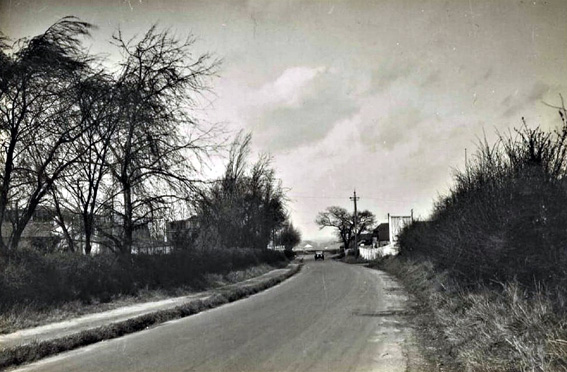 |
|
 |
|
(above and below) Crossing Plough Lane between the
two aerodromes. |
 |
|
|
(below) a Blackburn Kangaroo being pushed across Plough
Lane between the two aerodromes about 1920 |
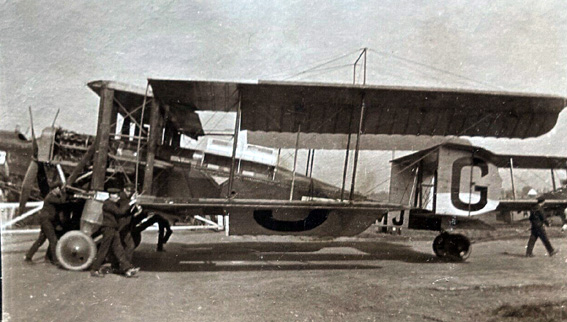 |
|
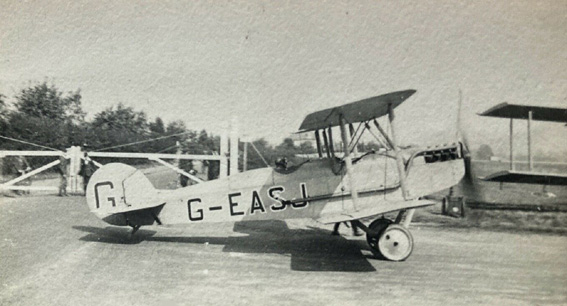 |
|
(above) a Boulton Paul P9 crossing Plough Lane between
the two aerodromes 1920 |
|
|
(below) Instone Airway DH4A crossing Plough Lane |
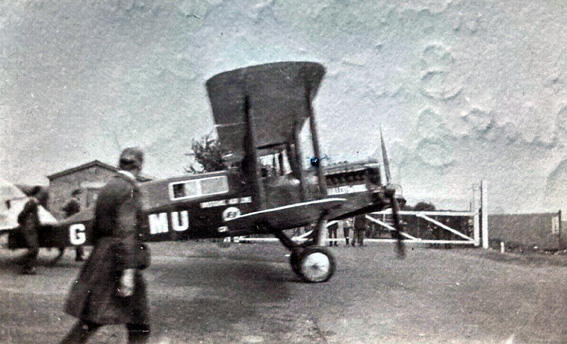 |
|
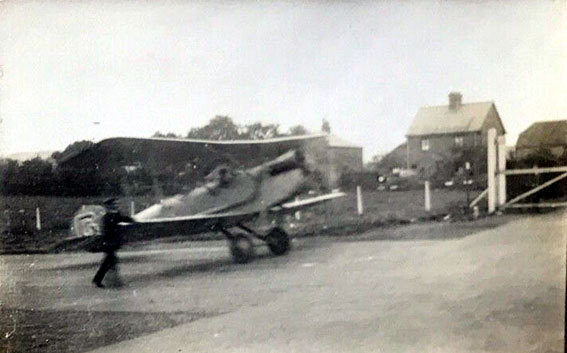 |
|
(above and below) pics of aircraft crossing Plough
Lane. Below pic of the Instone Airway 'City
Of London' was taken in January 1921. |
 |
|
(below) Blackburn Kangaroo. |
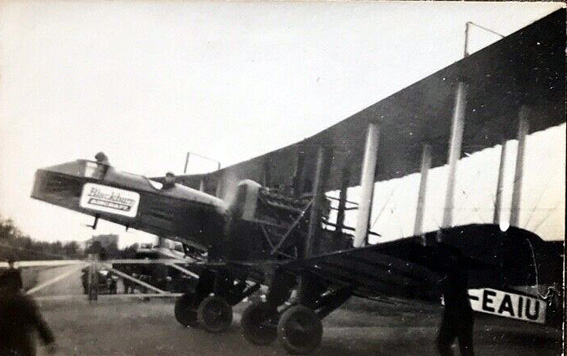 |
|
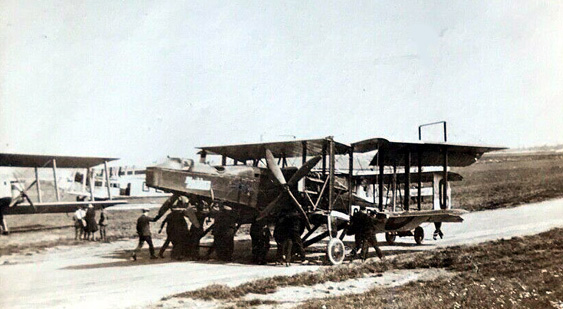 |
|
(above and below) Blackburn Kangaroo. |
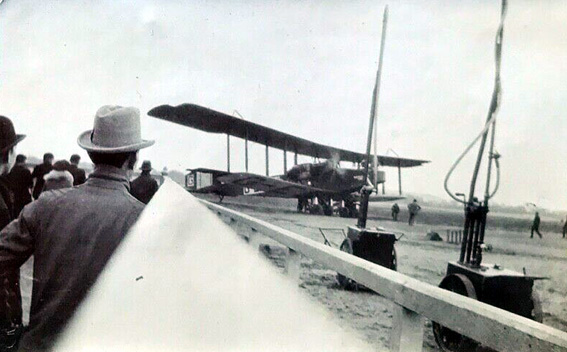 |
|
|
(below)The entrance and exit for passengers and visitors
from Plough Lane And the first public notice at the entrance
to the airfield. |
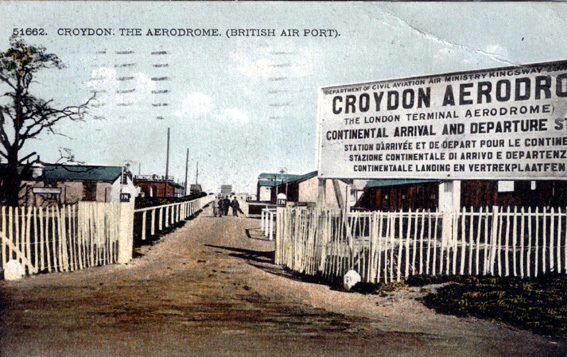 |
|
(below)
a little later. |
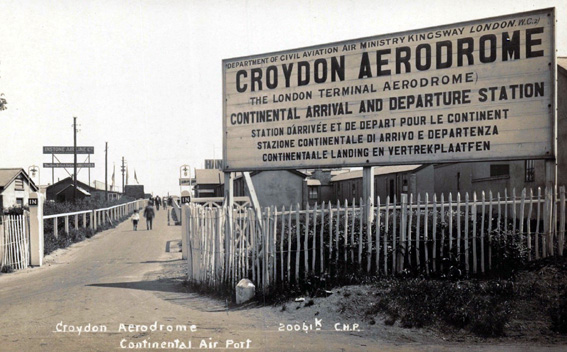 |
|
|
|
|
(below) the first Post Office, store, and booking |
|
|
|
 |
|
(above) The first Aerodrome hotel and restaurant |
|
|
(below) an early view of Waddon Aerodrome |
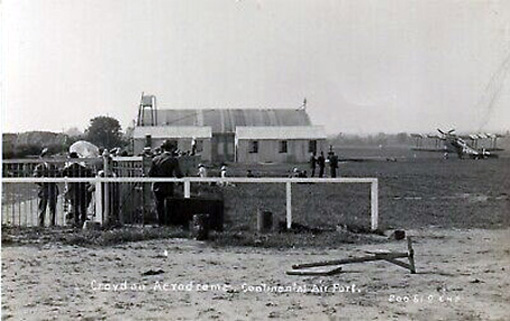 |
|
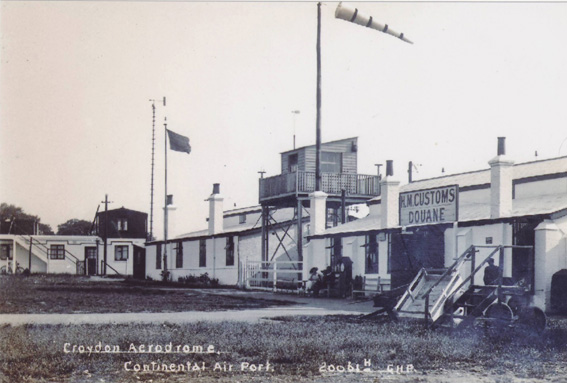 |
|
A very
early picture of the aerodrome, showing the first wooden 'Control
Tower' (previously used by the R.A.F), and the original flag
signaling system used between the tower and aircraft for flight
control. |
|
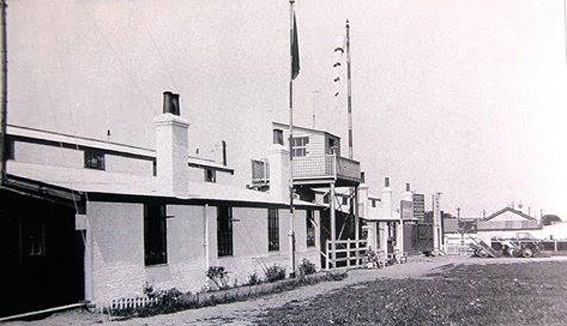 |
|
(above) the aerodrome in 1921 |
|
 |
|
(above) Spectators waiting for some flying
action not long after the aerodrome opened. |
|
(below) Also quick to take the oppertunity
of getting an air service underway was the French (Air Union)
with their 'Farman F60 Goliath'. The original R.A.F. wooden control
tower that only saw civilian use for a few months can be seen
in the background in both pictures. |
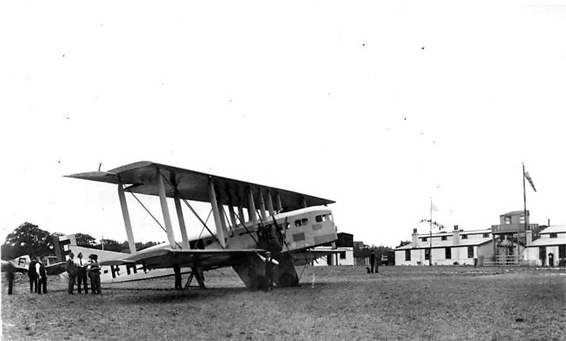 |
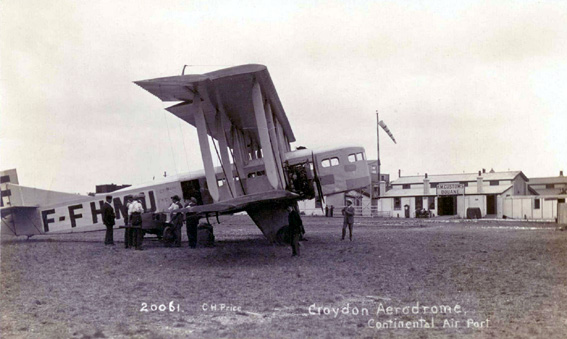 |
|
|
|
|
|
|
(below) January 1921 |
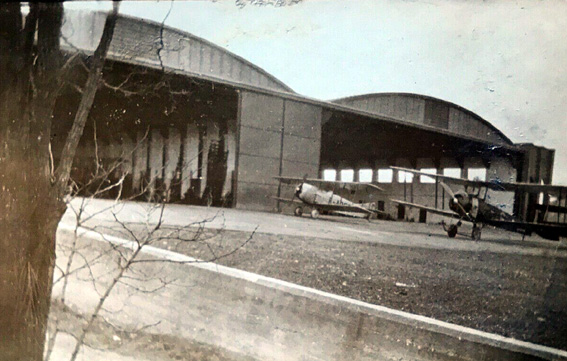 |
|
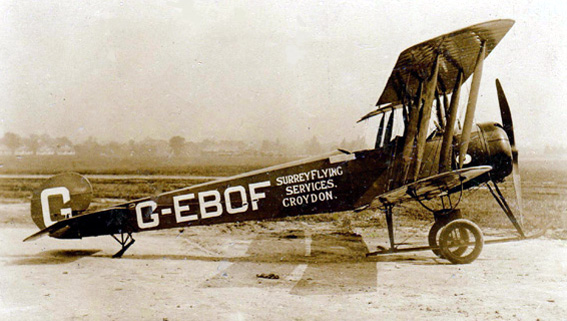 |
|
Some of the first
company's to operate aircraft from the aerodrome were 'Surrey
Flying Services', 'Instone Airline Ltd' and 'Daimler Airways',
The picture (above) is of 'Surrey Air Services' Avro
Clerget aircraft used for airial photography. Picture (below) is a
DH34 of the Instone Air Line, en route for Paris, over Plough
Lane, Croydon. The maintenance area is to the left of the road
and the Terminal buildings on the right. Powered by one 450 h.p.
Napier Lion motor, and carried eight passengers at a cruising
speed of 105 m.p.h. over a range of 365 miles. Twelve of the
type were built and proved very reliable. |
 |
|
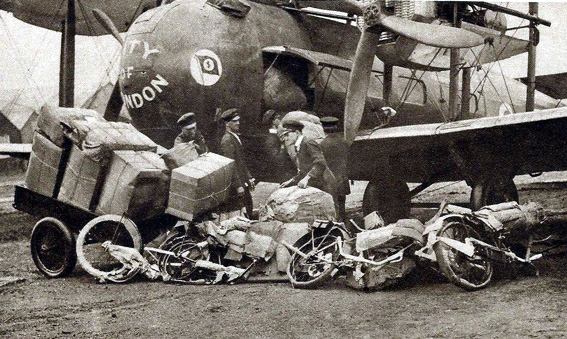 |
|
Loading
an 'Instones Airline', 'Vickers Vimy' named the 'City of London' |
|
 |
|
A Croydon
newspaper notice of 1920 |
|
|
(below) a busy day on the airfield, an Avro 552 among others. |
 |
|
 |
|
(above and below) 1921. |
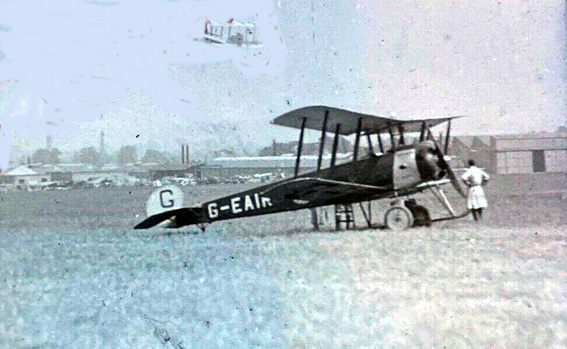 |
|
|
The first control tower from
the days of the RFC was still in use until either late 1920 or
sometime in the early part of 1921 when many changes were made.
It first was a hut on legs with a flat roof sloping down to the
front facing the airfield. |
|
(below) the new control tower built after
the one left by the RAF, before the instruments were fitted to
the roof. An Air Union 'Farman Golliath' is loading on the apron. |
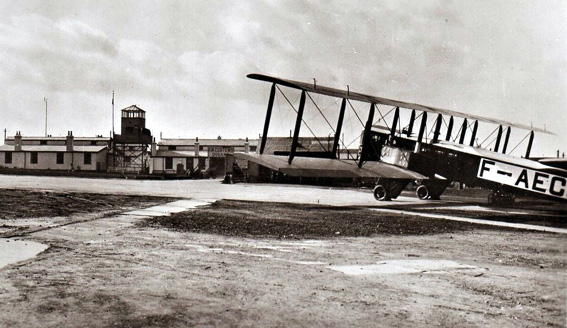 |
|
|
(below) The R.A.F. undergoing training at the aerodrome
in 1920 |
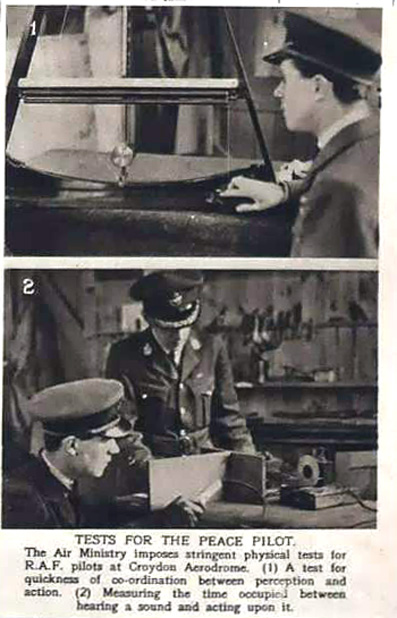 |
|
|
 |
 |